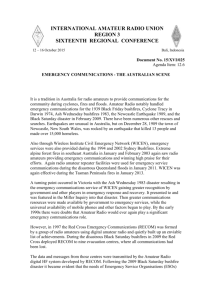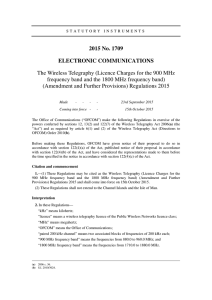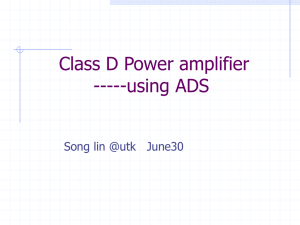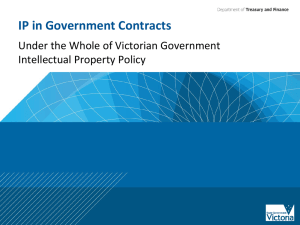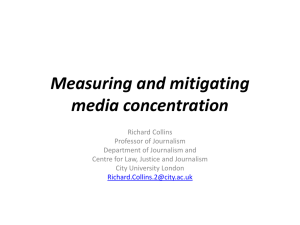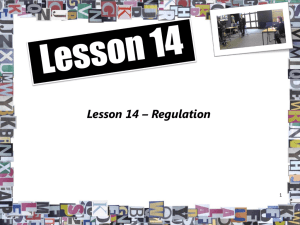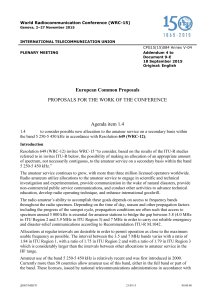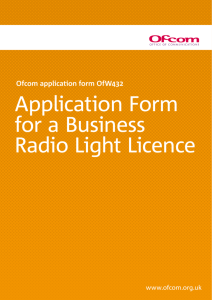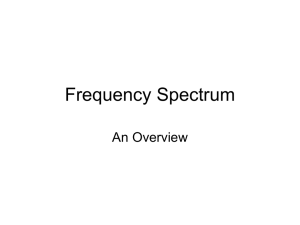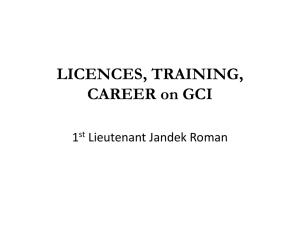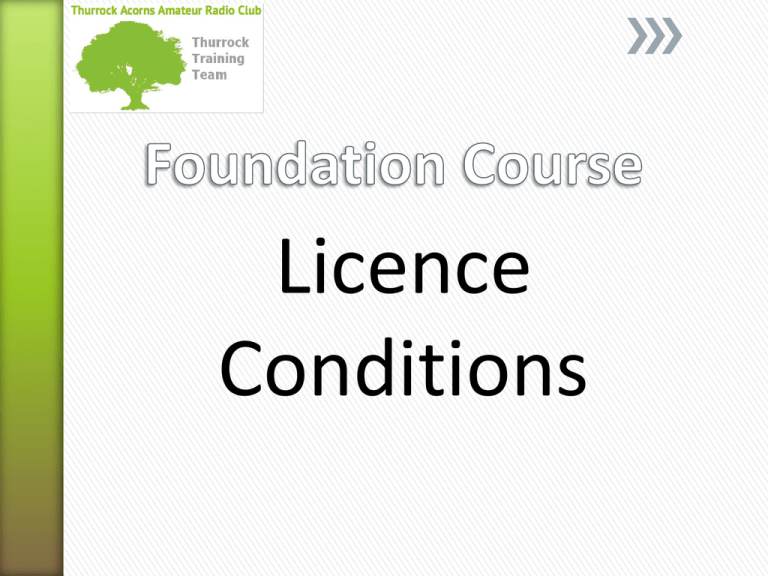
Licence
Conditions
Class
Callsign
Bands
Power
Foundation
Intermediate
Full
Mx6ABC
2x0ABC
Mx0ABC
HF-70CMS
All
All
10 Watts
50 Watts
400 Watts
X=regional identifier D=Isle of Man E=England(Intermediate only)
I=N. Ireland J=Jersey M=Scotland U=Guernsey W=Wales
Class
Callsign
Foundation
Intermediate
Full
Mx3
2x1
Mx0/1/5 Gx0/1/2/3/4/5/6/7/8
You must give your callsign when:-
1.
2.
3.
Calling CQ
Changing frequency
At least every 15 minutes-it is good practice to do this more
frequently.
It is also recommended that the following suffixes be used:
•If operating at an Alternative Address
M6ABC/A
•If operating at a Temporary Location
M6ABC/P
•If operating from a Mobile location
M6ABC/M
•Foundation licence is the entry level but worldwide communication
is possible when conditions allow.
•Allows 10 watts on most bands but note the exceptions in the
licence schedule!
•Only certified transmitting equipment may be used and no
modifications permitted.
•Does not allow operation outside of the UK or on vessels at sea
(defined as International or UK tidal waters).
• A single amateur licence for all three levels- It is important to
identify those clauses relevant to the “Foundation” and ensure that
they are clearly understood.
•It can be viewed at www.ofcom.org.uk
•A current validation document must be held. These are renewable
every 5 years although it is good practice to do this more frequentlyperhaps annually.
•If it has not been renewed, then you are unlicensed!
•Contacts may only be made with other licensed amateurs. If you
suspect another station is unlicensed, do not respond to them.
•Ofcom is the statutory regulator.
•A person authorised by Ofcom has the right to inspect, require
modification, close down or restrict operation.
•The items that you talk about must be personal to you or be of a
technical nature.
•Public broadcasting , speeches, secret codes or offensive language
are not permitted.
•The station may only be operated by the Licensee personally or
another supervised licensed Radio Amateur, provided that they use
the licencee’s callsign and licence conditions eg:- 10 Watts max..
•In special cases, the licensee may also allow the equipment to be
used by, or may pass messages on behalf of, a member of a ‘User
Service’.
•Immediate notice must be given to Ofcom either in writing or by
means of Ofcom’s on-line licensing system of any change to the
Licensee’s name, Main Station Address (or mailing address if
different) from that recorded in the Licence.
•Logbooks used to be compulsory ,however, they still represent
good practice and also form a useful record of stations worked.
•These need not be paper based, there are many logging
programmes in use, some of which are free to use.
•A well kept logbook may aid contest and award claims or the
sending and receiving of QSL cards.
•Ofcom may require a log to be kept for a period of time to aid
interference investigations or to support licence compliance.
•It is essential to understand and apply the schedule to operating
practice.
•Column 1- ‘Frequency Bands (in MHz)’. This sets out which
frequencies you may operate on and the band edges. You are not
permitted to use any frequency outside of those printed.
•Column 2 -The status in the UK of the amateur service. Identifies
whether amateurs are the primary (or preferred) user of that band
or secondary (meaning that the band is shared) and access is subject
to non-interference with the primary user. (Note the restriction on
431-432Mhz usage within 100km of Charing Cross).
•Column 3- ‘Status of the Amateur Satellite service’- whether
‘Primary’, ‘Secondary’ or ‘Not allocated’.
•Column 4 - states the amount of power that can be radiated- note
that 10 watts is permitted on most but not all bands. Remember
the recommended power to establish communications should be
‘the lowest possible’.
•In the exam you will be provided with a copy of the schedule-make
sure that you use it!
•Are agreed operating practice as opposed to Licence schedules
which are required by law.
•Should be read and understood before operating on any band.
•Specific sections of the band may be allocated to certain modes or
groups of modes only. Note that the bandwidth is also specified.
•‘Centres of activity’ are recommended frequencies around which
activities (such as Dxpeditions, QRP etc.) should be centred. Please
give priority to these.
•Do not transmit in segments of the band reserved for Beacons.
Revision
Questions
When transmitting, you must give your call
sign when establishing contact and
A) on every ‘over’.
B) every 5 minutes.
C )every 15 minutes.
D) at the end of the contact.
Answer : C) every 15 minutes
You are talking to M3ABC by amateur radio
and friends enter his room. You may
also talk to them
A) if they are a family members.
B) if they are also amateurs.
C) if M3ABC gives permission.
D) but only on the calling channel.
Correct answer : B) if they are also amateurs
Which part of an amateur band is not
permitted within 100km of Charing Cross,
London?
A) 1·810-1·830MHz
B) 51·00-52·00MHz
C) 431·0-432·0MHz
D) 438·0-440·0MHz
Correct Answer : C) 431·0-432·0MHz
Thurrock Training Team

